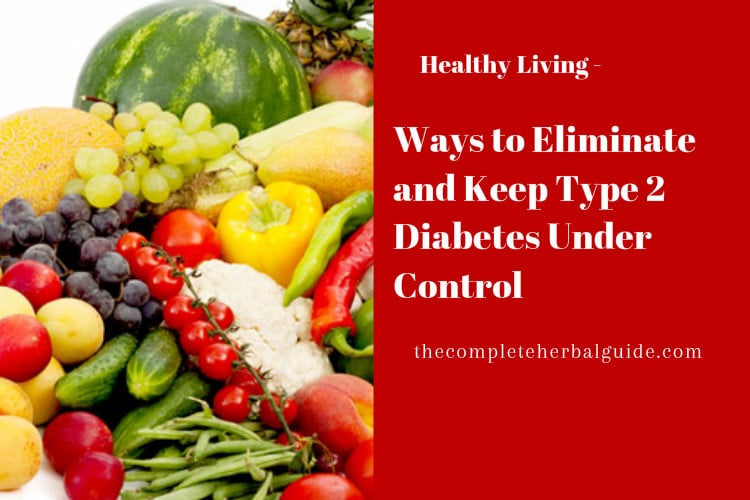
How to Include Sweets In a Diabetes-Friendly Diet
Eating for diabetes doesn’t mean eliminating sugar. If you have diabetes, you can still enjoy a small serving of your favorite dessert now and then. The key is moderation. But maybe you have a sweet tooth and the thought of cutting back on sweets sounds almost as bad as cutting them out altogether. The good news is that cravings do go away and preferences change. As your eating habits become healthier, foods that you used to love may seem too rich or too sweet, and you may find yourself craving healthier options.
In this article, you’ll learn and discover how to include sweets in a diabetes-friendly diet.
How to include sweets in a diabetes-friendly diet
Hold the bread (or rice or pasta) if you want dessert
Eating sweets at a meal add extra carbohydrates. Because of this, it is best to cut back on the other carb-containing foods at the same meal.
Add some healthy fat to your dessert
It may seem counterintuitive to pass over the low-fat or fat-free desserts in favor of their higher-fat counterparts. But fat slows down the digestive process, meaning blood sugar levels don’t spike as quickly. That doesn’t mean, however, that you should reach for the donuts. Think healthy fats, such as peanut butter, ricotta cheese, yogurt, or some nuts.
Eat sweets with a meal, rather than as a stand-alone snack
When eaten on their own, sweets and desserts cause your blood sugar to spike. But if you eat them along with other healthy foods as part of your meal, your blood sugar won’t rise as rapidly.
When you eat dessert, truly savor each bite
How many times have you mindlessly eaten your way through a bag of cookies or a huge piece of cake? Can you really say that you enjoyed each bite? Make your indulgence count by eating slowly and paying attention to the flavors and textures. You’ll enjoy it more, plus you’re less likely to overeat.
Tricks for cutting down on sugar
Reduce how much soda and juice you drink
If you miss your carbonation kick, try sparkling water either plain or with a little juice mixed in.
Reduce sugar intake
Reduce the amount of sugar in recipes by ¼ to ⅓. If a recipe calls for 1 cup of sugar, for example, use ⅔ or ¾ cup instead. You can also boost sweetness with cinnamon, nutmeg, or vanilla extract.
Find healthy ways to satisfy your sweet tooth
Instead of ice cream, blend up frozen bananas for a creamy, frozen treat. Or enjoy a small chunk of dark chocolate, rather than your usual milk chocolate bar.
Start with half of the dessert you normally eat and replace the other half with fruit.
Be cautious with alcohol consumption
Proceed with caution when it comes to alcohol
It’s easy to underestimate a number of calories and carbs in alcoholic drinks, including beer and wine. And cocktails mixed with soda and juice can be loaded with sugar. If you’re going to drink, do so in moderation (no more than 1 drink per day for women; 2 for men), choose calorie-free drink mixers, and drink only with food. If you’re diabetic, always monitor your blood glucose, as alcohol can interfere with diabetes medication and insulin.






